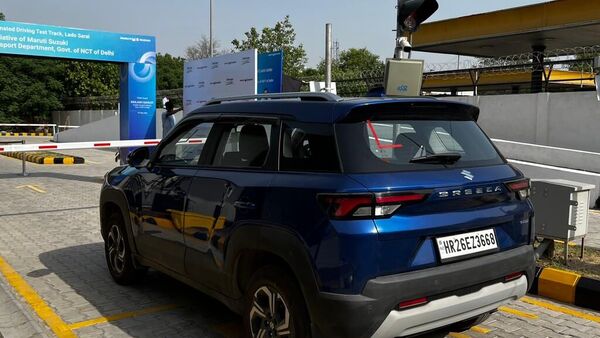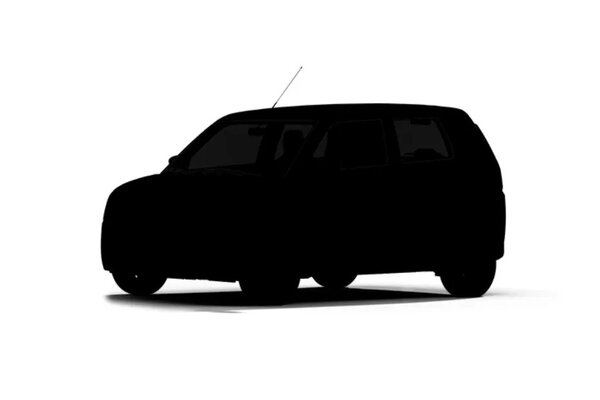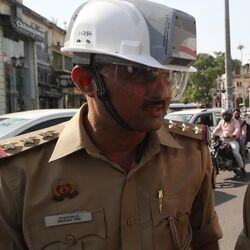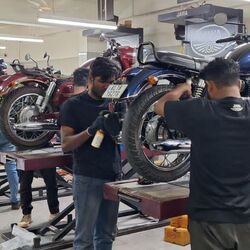Maruti helps Delhi usher in 100% automated drive testing. What it means for you


India’s largest carmaker, Maruti Suzuki inaugurated its newest Automated Driving Test Track (ADTTS) at Lado Sarai in Delhi. The new facility aims to enhance road safety by bringing better-trained drivers on the road with an automated testing process..
The newest ADTTS is part of the multiple automated driving test tracks that Maruti Suzuki plans to set up as part of the Memorandum of Agreement (MoA) with the Department of Transport, NCT of Delhi signed in 2017. As per the agreement, the auto giant needs to carry out the construction of the test tracks, as well as set up the automation and IT system and provide maintenance of the facility for three years before handing it over to the government.
Also check these Cars
Also Read : Delhi government defers relaxations in automated driving test tracks
Speaking about the new ADTTS, Rahul Bharti, Executive Officer, Corporate Affairs, Maruti Suzuki India Limited said, “Maruti Suzuki has been working hard over the past two decades on all the 5 pillars of Road Safety - Engineering, Education, Evaluation, Enforcement and Emergency care. Setting up ADTTs by Maruti Suzuki is a one-of-its-kind initiative undertaken by the company in partnership with the Department of Transport, NCT of Delhi by use of technology for evaluation. In these ADTTs, driving license seekers get tested on their driving skills by video analytics technology with zero human intervention, all within 10 minutes of cycle time. We are humbled to share, with this inauguration of our last centre, Delhi
is now 100 per cent computerised in driving license testing. We thank the Honourable Transport Minister of Delhi, Kailash Gahlot for giving us this opportunity, facilitation and encouragement."
The new facility is expected to help improve getting better drivers on the road. Bharti said that the introduction of ADTTS and standardisation of testing brought the pass percentage of applicants from 84 per cent in 2018 under the manual testing method to just 34 per cent. This has gradually improved to 64 per cent now.
This data suggests that applicants are better prepared for their driving test and the driving licence will actually go to those who are skilled enough to handle a vehicle. The move certainly makes public roads safer with drivers better prepared to handle complicated situations while adhering to the necessary rules and regulations.
The test tracks at these centres are designed to accurately evaluate essential driving skills in-line with Central Motor Vehicles Rules (CMVR). The ADTTs assess candidates through varied tests including reverse parallel parking, 8-formation, overtaking test, traffic junction test, reverse parallel parking, and gradient test for four-wheelers.
With respect to two-wheelers, applicants need to drive around a serpentine track to prove their vehicle handling and control skills, along with an emergency brake test and ramp test.








 998 cc
998 cc Petrol
Petrol



 60 kWh
60 kWh 550 Km
550 Km















